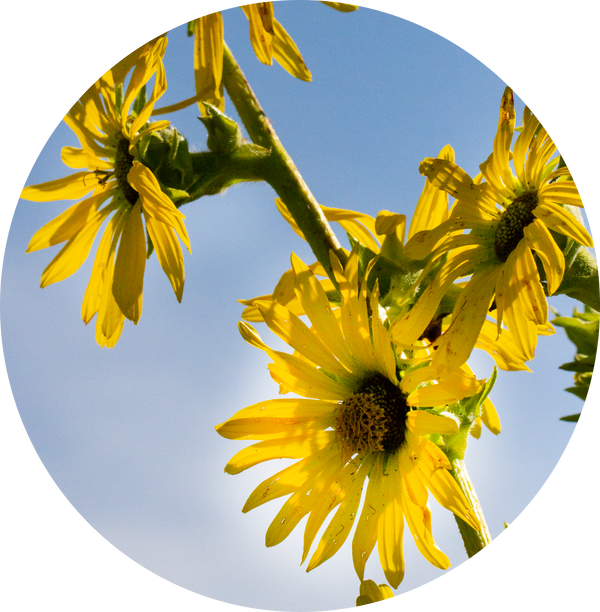Midwest Wilderness Connections Eco-briefs and Eco-sweeps
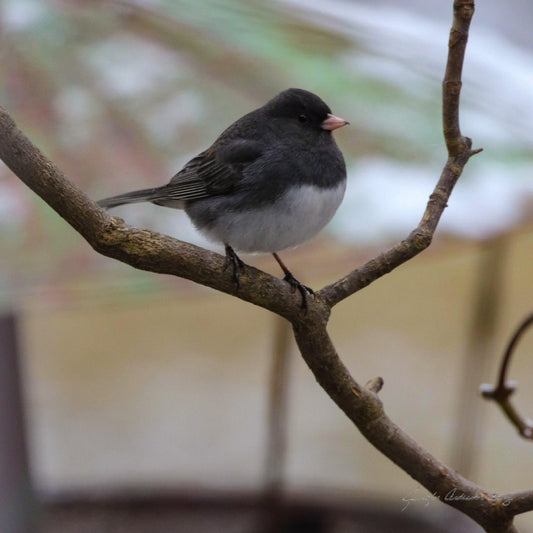
MWC Eco-brief: Dark-eyed Junco
The dark-eyed junco is a frequent visitor to Midwest birdfeeders during winter, where they can be observed flashing white tail feathers while foraging. Junos flash their tail more often, and...
MWC Eco-brief: Dark-eyed Junco
The dark-eyed junco is a frequent visitor to Midwest birdfeeders during winter, where they can be observed flashing white tail feathers while foraging. Junos flash their tail more often, and...
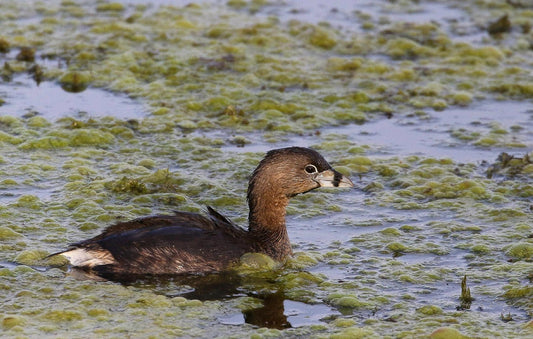
MWC Eco-brief: Pied Billed Grebe
Pied-billed grebes are charismatic wetland birds that dive underwater to catch food, such as crayfish, fish, crustaceans, mollusks, and aquatic invertebrates. Their nesting habit is especially interesting. In the Midwest,...
MWC Eco-brief: Pied Billed Grebe
Pied-billed grebes are charismatic wetland birds that dive underwater to catch food, such as crayfish, fish, crustaceans, mollusks, and aquatic invertebrates. Their nesting habit is especially interesting. In the Midwest,...

MWC Eco-briefs: Hummingbird Paradise!
Ruby-throated hummingbirds frolicking in a bed of native cardinal flower (Lobelia cardinalis) in the Horseshoe Bend Unit of the USFWS Port Louisa National Wildlife Refuge in Louisa County, Iowa, USA....
MWC Eco-briefs: Hummingbird Paradise!
Ruby-throated hummingbirds frolicking in a bed of native cardinal flower (Lobelia cardinalis) in the Horseshoe Bend Unit of the USFWS Port Louisa National Wildlife Refuge in Louisa County, Iowa, USA....
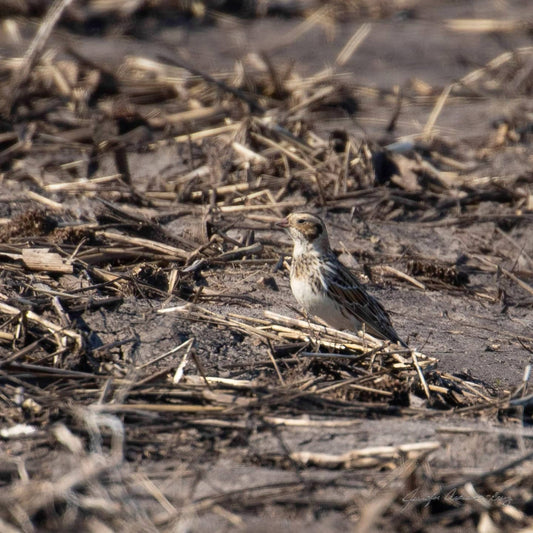
MWC Eco-brief: Little Brown Birds and Crop Fields
Flocks of small brown birds, such as this Lapland longspur, can be seen landing in crop fields along Midwest country roads in the winter and spring. Crop residue (leftover leaves, stems,...
MWC Eco-brief: Little Brown Birds and Crop Fields
Flocks of small brown birds, such as this Lapland longspur, can be seen landing in crop fields along Midwest country roads in the winter and spring. Crop residue (leftover leaves, stems,...
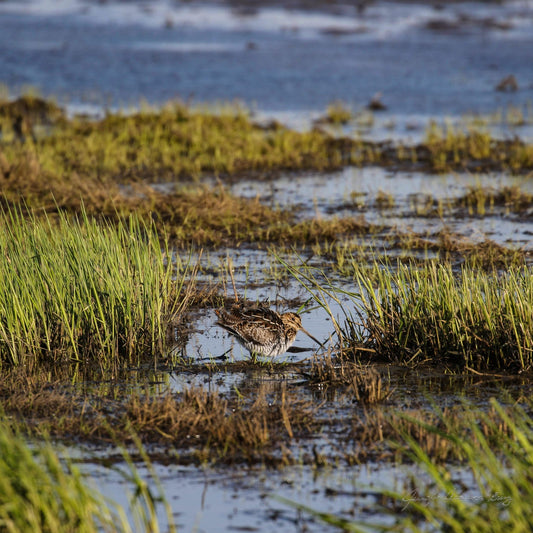
MWC Eco-brief: Farmed Wetlands - Diamonds in th...
Muflats in cropfields and shallow wetlands serve as vital foraging areas for migratory shorebirds, such as this Wilson's snipe. The snipe uses its very long beak to search for invertebrate...
MWC Eco-brief: Farmed Wetlands - Diamonds in th...
Muflats in cropfields and shallow wetlands serve as vital foraging areas for migratory shorebirds, such as this Wilson's snipe. The snipe uses its very long beak to search for invertebrate...
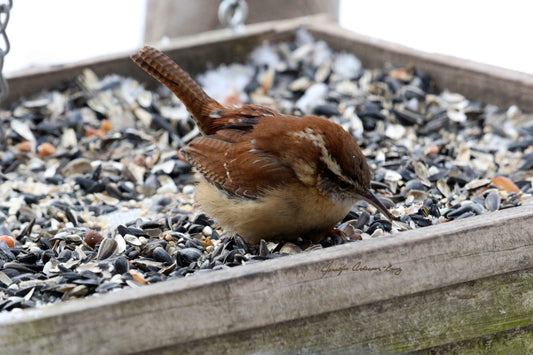
MWC Eco-brief: Carolina Wren
As an avid insectivore with a bill that cannot open most seeds, the Carolina wren depends heavily on winter birdfeeders offering suet, white proso millet, sunflower hearts, or peanuts. Just...
MWC Eco-brief: Carolina Wren
As an avid insectivore with a bill that cannot open most seeds, the Carolina wren depends heavily on winter birdfeeders offering suet, white proso millet, sunflower hearts, or peanuts. Just...
